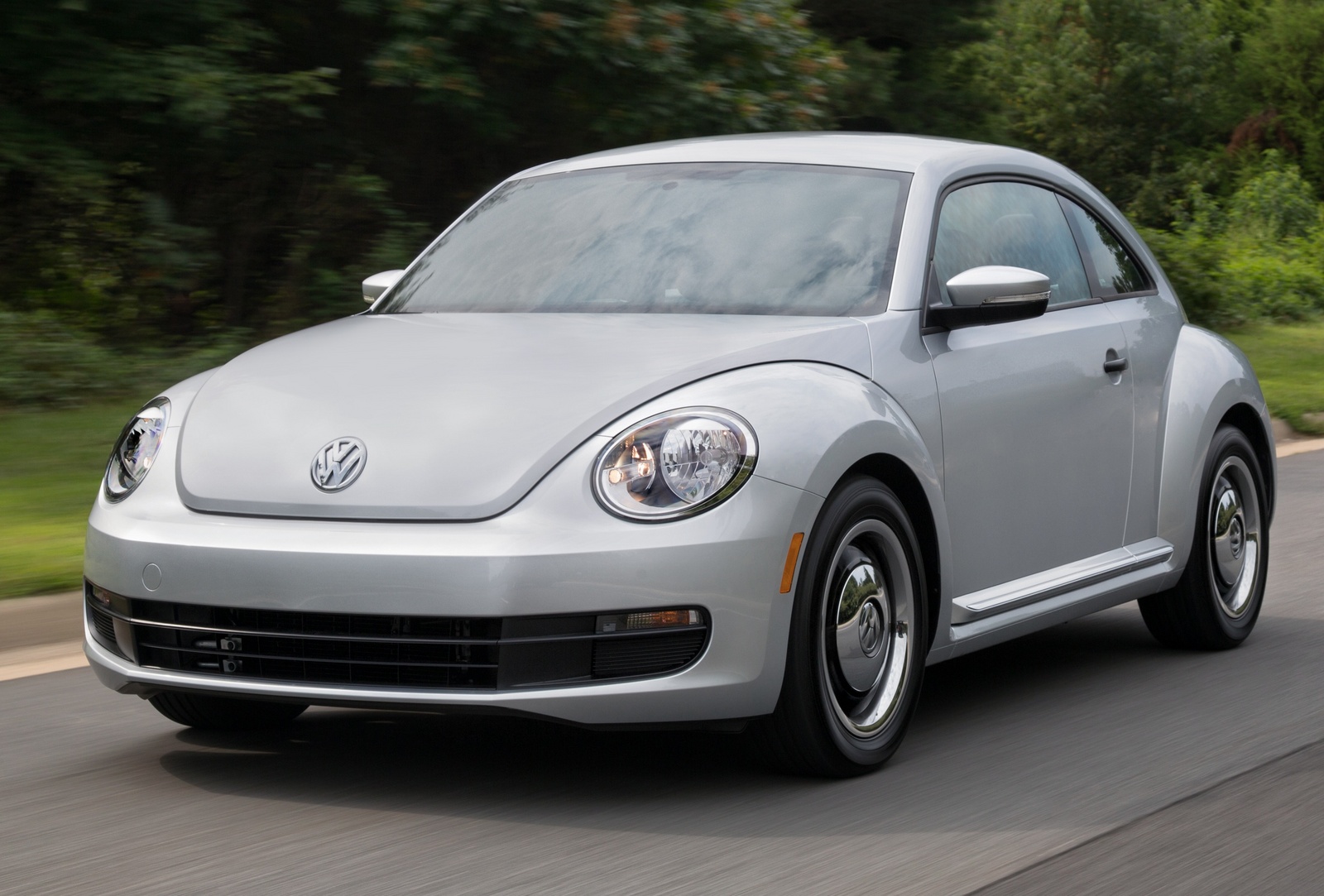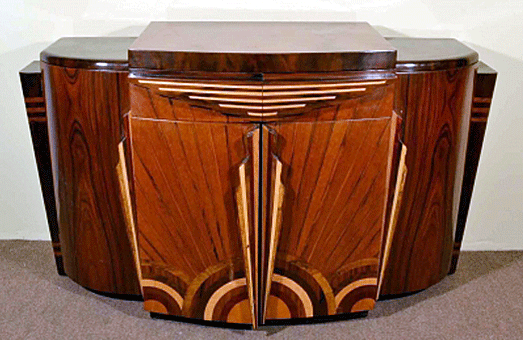Classic design holds “form follows function” as a fundamental principle, but this is not always evident in practice. Some products are so well designed with function as their primary goal, that their use is intuitive. As designers develop new technologies, the lines between the form and function of a product continue to blur.
The balance between function and form is often an area of difficulty for the designer. If a product is purely functional, it may be lacking in appeal to consumers, no matter how good it may be at completing its job. Often we are drawn to products that have been developed with form as a primary consideration. The human psyche appreciates beauty.
Classic designs are harmonious, well-proportioned in form and often restrained in style. To reinterpret a classic design, the original form needs to be respected and the underlying structure of the form understood before making changes. Decoration applied must be suitable for the form and take into account the function of the object, although “classic” does not necessarily mean the style needs to be minimalist in nature or lacking in decoration.
Form versus function
Term: Form – Also considered as the three-dimensional space that a product takes up, in the context of classic design, form relates to the shape of a product and the aesthetic qualities that the shape gives.
Term: Function – Products can be considered classic designs based on how well they fulfil the task that they have been designed for.
Not all classic designs are based on form or aesthetics as a main reason for the design or product.
- For example, the designers of many early examples of mass production motor cars that are now considered “classics” were more interested in function than form.
- The Volkswagen (VW) Beetle, designed by Ferdinand Porsche in the 1930s, was aimed at ordinary people with a modest income and Porsche economized on many features considered as standard and necessary today, such as a rear window.
- Alec Issigonis designed the first Mini motor car to be as economical and functional as possible and priced so it was affordable by the majority of working people in the late 1950s.
Activity: Compare the original production models of the VW beetle, BMW or the Mini cars with their more modern day versions. Consider form verses function. Go to the Padlet.
Practical Function versus Psychological Function
The tension between form and function when developing new products based on a classic design
Practical function is mostly concerned with criteria related to the performance of the product, such as dimensions, weight, ease of use, etc.
- These are quantifiable and as a result an objective evaluation can be carried out. (Quantitative data)
- Anglepoise lamp design by George Carwardine (an UK engineer) in 1947 is an example where practical function is of a primary concern over form.
- Carwardine was interested in an apparatus that could move easily through three planes but would be rigid when left free. It was many years before Carwardine worked on this concept as a versatile “arm” for focusing light on an object. Although Carwardine made no particular effort to make his lamp an object of beauty, its clean and functional form has established the Anglepoise lamp as a design classic.
Psychological function is mostly concerned with the different emotional reactions or attachments people have with products such as mobile phones or their favourite piece of apparel.
- These are subjective criteria. (qualitative data)
- The Juicy Salif lemon squeezer, designed by Philip Starck in 1990 and produced by the Italian company Alessi, is an example of how the psychological function dictates the form of an object. The design was conceived on a napkin while Starck enjoyed a dish of squid in a restaurant and was squeezing lemon over it. Starck is quoted as saying that his juicer is less concerned with squeezing lemons than as a conversation starter. An example of Starck’s lemon squeezer is on display in the New York Museum of Modern Art.
The way in which humans need to interact with objects often dictates their form. This interaction may be classified into three aspects:
- assembling the object either during manufacture or at home (self-assembly)
- using it
- repairing or maintaining it.
For example, when designing mobile phones the success of the human-interaction interface is important, there, a compromise of function over form, in this case.
Conflict and Compromise
- Conflict and compromise can occur during the development of the product.
- Teams of specialists comprising of ergonomists, electrical engineers, materials engineers and product designers are involved in the development of industrial designed products.
- Form over function may be an important aspect of the design for some members while for others it maybe function over form.
- When considering form, students need to understand how it can be dictated by other functions such as design for manufacture techniques, for example, design for disassembly.
- “Designers traditionally find themselves trying to perform a balancing act between conflicting design parameters; weight versus strength, speed versus life, efficiency versus complexity, or efficiency versus cost, to name but a few common trade-off scenarios” from The TRZ Journal
Activity: Practical than Psychological
- Identify one product that is more practical than psychological in function.
- Identify one product that is more practical than psychological in function.
- Post a picture and one sentence why for each on the Padlet
Retro-Styling
Term: A design that uses the form and decoration from a particular period of time and/or style.
- A Wikipedia reference.
- A Retro-styled product uses a classic image with modern-day technologies.
- The ‘Roberts’ digital radio (shown below) is based on the style of old transistor radios is an example.
- Retro-styling a new product needs to respect and understand the original form and underlying structure before making changes
- The Kombi is back!
Art Deco (Retro-Styling)
- Art Deco Style (1930’s) has its roots form the exclusive hand-made French decorative arts (1920’s).
- It became incredibly popular decades later due to mass production (economies of scale) of products using different materials, such as metals, plastic and glass.
- Being a decorative style it was easily added to many products (lamps, furniture) or surfaces (e.g. buildings)
- It was used widely in Architecture and lighting.
International Mindedness
The emergence of retro-styling products as new technologies are developed relate to the emotional response that comes with nostalgia. This is often not only different between countries and between generations, but at the same time can transcend both.
Theory of knowledge
Is aesthetic value purely a subjective matter?









